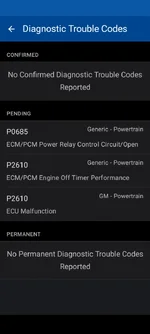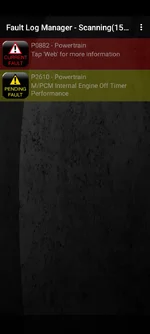It really depends on the family how picky they can be on fluid. FZ does have a pretty particular additive package to allow correct torque converter release at low rpm. Clutches that are already together like to stay together. When the pressure releases on the TCC solenoid it drains that portion of the lube circuit, that happens very quickly but the clutches still want to hang together. The additive helps that release to happen smoothly and without shudder.That’s quite telling with back of the napkin statistics. Leaving the transmission alone with the factory fill likely results in a lot less failures than servicing with non-FZ fluid. I imagine the majority of people aren’t touching the factory fill of transmission fluid, so to hear more than half of your overhauls have non-FZ fluid is crazy.
Coefficient of friction is part of what the actual friction material is made of and the fluid itself. There are three different materials used inside the Skyactiv. Some have a lot of graphitic material and some are more paper/cork style. The Low/Reverse are heavy graphite and the way the lube circuit in that section is designed is a little small. That allows good clamping and holding good pressure, if the fluid is too thick its not going to evacuate like it should and can also hang clutches up. Those type of clutches need good flow to remove the heat generated, they also make more heat. The steels will get hot spots on them and at that point its like a manual transmission flywheel where the clutch will just not grab correctly.


